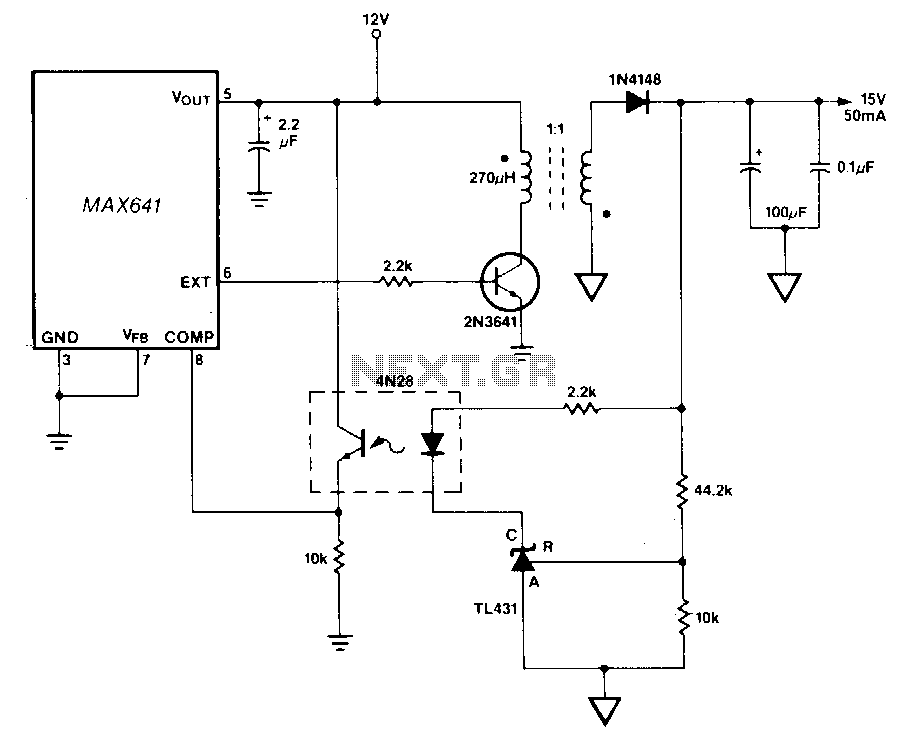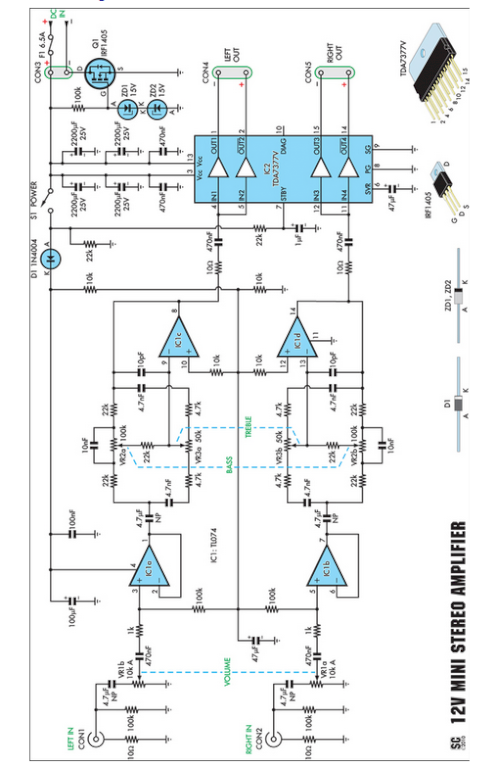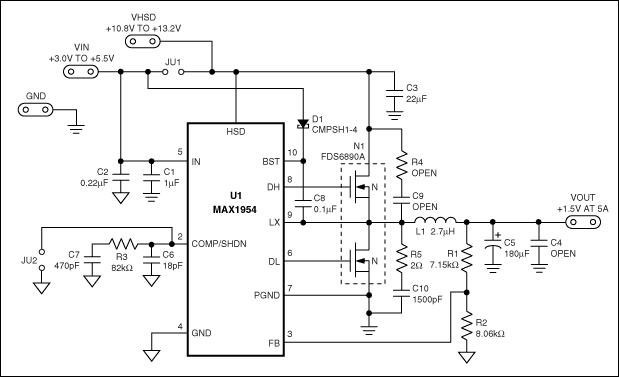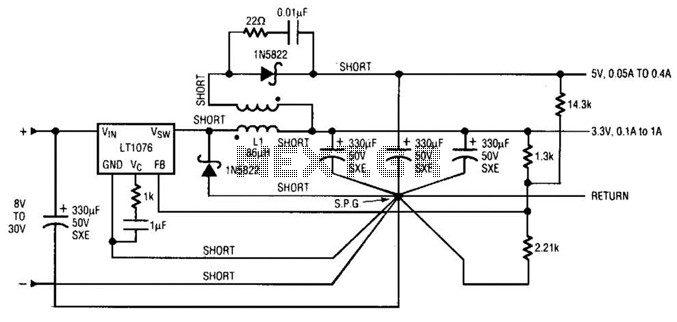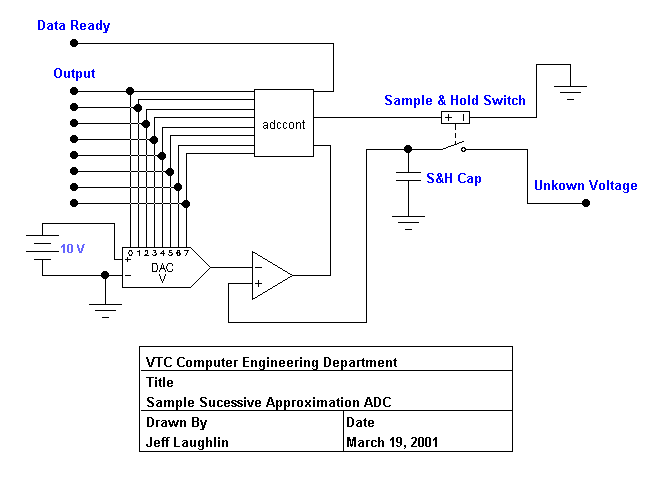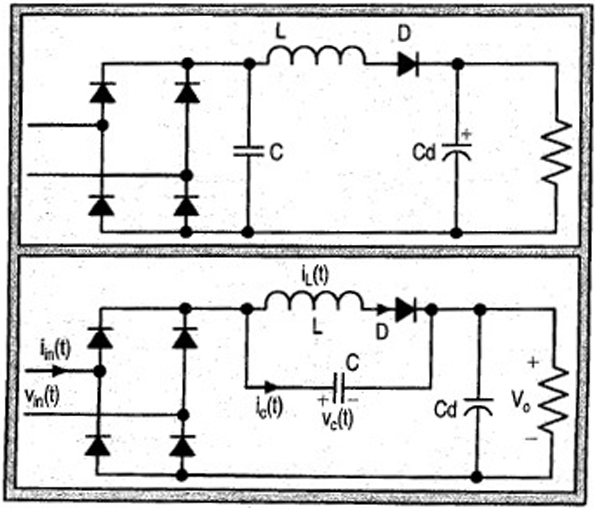
Inductor Choice Yields Performance Tradeoffs in DC-DC Converters
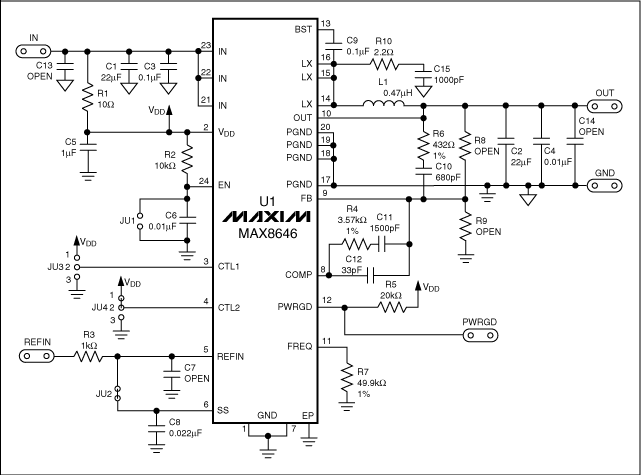
Cost, size, resistance, and current capability drive the choice of inductor for most step-down DC-DC switching converters.
Inductors play a crucial role in the operation of step-down DC-DC switching converters, influencing performance parameters such as efficiency, output voltage stability, and transient response. When selecting an inductor for these applications, several key factors must be considered.
Cost is a significant factor, as it directly impacts the overall budget of the project. Inductors can vary widely in price depending on their specifications, material quality, and manufacturing processes. Therefore, a balance must be struck between performance requirements and the available budget.
Size is another critical consideration. The physical dimensions of the inductor affect the overall footprint of the converter circuit. In applications where space is limited, smaller inductors may be preferred, even if they come with trade-offs in terms of efficiency or current handling capability.
Resistance, specifically the DC resistance (DCR) of the inductor, influences the power losses during operation. Lower resistance inductors are generally favored to minimize losses, which can lead to improved efficiency and thermal performance. However, lower resistance inductors may also be larger or more expensive, necessitating a careful evaluation of trade-offs.
Current capability is vital for ensuring that the inductor can handle the maximum load current without saturating. Inductor saturation occurs when the magnetic core material cannot store additional magnetic energy, leading to a significant drop in inductance and potential failure of the converter. Selecting an inductor with an adequate current rating is essential to maintain stable operation under varying load conditions.
In summary, the selection of an inductor for step-down DC-DC switching converters requires a comprehensive evaluation of cost, size, resistance, and current capability to optimize performance and reliability in the final design.Cost, size, resistance, and current capability drive the choice of inductor for most stepdown dc-dc switching converters.. 🔗 External reference
Inductors play a crucial role in the operation of step-down DC-DC switching converters, influencing performance parameters such as efficiency, output voltage stability, and transient response. When selecting an inductor for these applications, several key factors must be considered.
Cost is a significant factor, as it directly impacts the overall budget of the project. Inductors can vary widely in price depending on their specifications, material quality, and manufacturing processes. Therefore, a balance must be struck between performance requirements and the available budget.
Size is another critical consideration. The physical dimensions of the inductor affect the overall footprint of the converter circuit. In applications where space is limited, smaller inductors may be preferred, even if they come with trade-offs in terms of efficiency or current handling capability.
Resistance, specifically the DC resistance (DCR) of the inductor, influences the power losses during operation. Lower resistance inductors are generally favored to minimize losses, which can lead to improved efficiency and thermal performance. However, lower resistance inductors may also be larger or more expensive, necessitating a careful evaluation of trade-offs.
Current capability is vital for ensuring that the inductor can handle the maximum load current without saturating. Inductor saturation occurs when the magnetic core material cannot store additional magnetic energy, leading to a significant drop in inductance and potential failure of the converter. Selecting an inductor with an adequate current rating is essential to maintain stable operation under varying load conditions.
In summary, the selection of an inductor for step-down DC-DC switching converters requires a comprehensive evaluation of cost, size, resistance, and current capability to optimize performance and reliability in the final design.Cost, size, resistance, and current capability drive the choice of inductor for most stepdown dc-dc switching converters.. 🔗 External reference
Warning: include(partials/cookie-banner.php): Failed to open stream: Permission denied in /var/www/html/nextgr/view-circuit.php on line 713
Warning: include(): Failed opening 'partials/cookie-banner.php' for inclusion (include_path='.:/usr/share/php') in /var/www/html/nextgr/view-circuit.php on line 713
